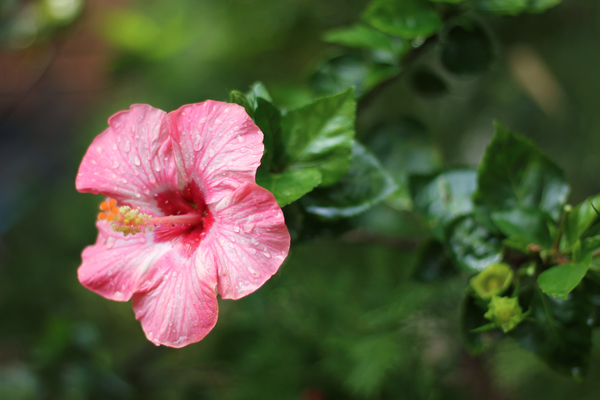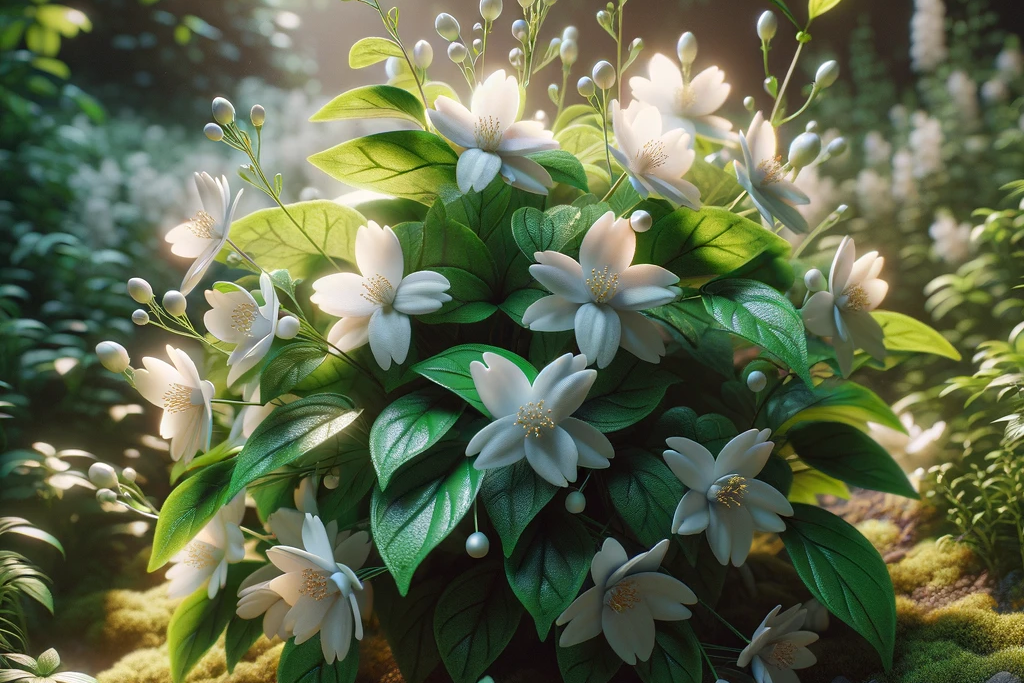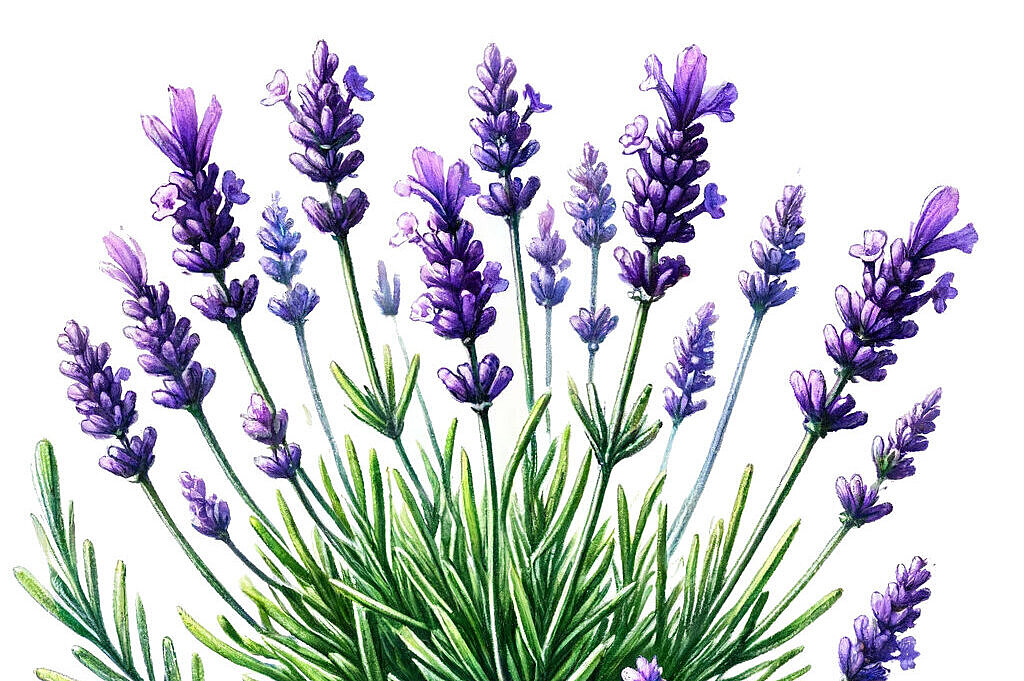Rosa 'Old Blush'

The China rose, also known as Hibiscus rosa-sinensis, fascinates with its bright beauty and varied colors. While this exotic plant is popular in gardens and as an ornamental plant worldwide, its presence around dogs raises important questions. In this article, we take a deep dive into the world of the Chinese rose, explore its characteristics and evaluate the pros and cons of its inclusion in the immediate environment of our furry friends.
What is the Chinese rose?
The China rose, Hibiscus rosa-sinensis, is an evergreen shrub originally from East Asia. Known for its large, colorful flowers that can appear in a variety of shades, it is not only a feast for the eyes but also culturally significant in many countries, where it is often found in gardens and public spaces. The plant is not only known for its beauty, but also for its use in teas and medicinal applications in various cultures.
Benefits of the China rose for dogs
Aesthetic value
The China rose can be an enriching addition to a dog's environment by enhancing the aesthetic quality of the habitat. A colorful, natural environment can promote well-being in dogs, much like it does in humans.
Possible health benefits
Although direct ingestion of China rose by dogs should be taken with caution (more on this in the next section), there is evidence that certain parts of the plant may have health benefits in a controlled form. Some studies suggest that extracts of hibiscus have antioxidant properties and may have anti-inflammatory effects. However, any use within a dog's diet should be under veterinary supervision.
Disadvantages and risks of China rose for dogs
Toxicity
Despite its beauty and potential health benefits, certain parts of the China rose are known to be toxic to dogs. Consuming the flowers, leaves or stems can cause gastrointestinal distress, nausea, vomiting and in rare cases, more severe poisoning. Dog owners should take care to keep their dogs away from the plant to avoid accidental ingestion.
Allergic reactions
Some dogs may have an allergic reaction to China rose, especially if they are sensitive to certain plants or pollen. Symptoms of an allergic reaction can include skin irritation, itching and, in severe cases, breathing difficulties.
Environmental conditions
For dog owners who live in a climate that is ideal for the China rose, the plant can grow rapidly and potentially become overabundant. This requires regular care and monitoring to ensure the garden or yard remains safe and accessible for the dog.
Safety measures for dog owners
Dog owners who have the China rose in their neighborhood should take proactive steps to protect their dogs:
- Monitoring dogs to ensure they are not chewing or eating the plants.
- Regularly inspecting the plants for signs of pest infestation or disease that could pose additional risks.
- Consult with a veterinarian about safe alternatives and treatments for dogs suffering from allergies.
The China rose is undoubtedly a visually stunning plant that adds aesthetic value to any garden. However, it is important for dog owners to recognize the potential risks and disadvantages it can pose to their furry friends. Through careful monitoring and preventative measures, dog owners can enjoy the beauty of the China rose while ensuring a safe and healthy environment for their dogs.
If you notice any signs of hypersensitivity or poisoning in your dog, you should see your vet immediately. We are not a substitute for a vet, but we try to be as accurate as possible. Every dog reacts differently and we recommend you get a second opinion or consult your vet if in doubt.
Stay healthy and take good care of your four-legged friend!😊
Similar to Rosa 'Old Blush'
Hibiscus is a genus of plants in the mallow family. There are more than 200 species of hibiscus that grow in the tropics and subtropics of the world. The best known are the marshmallow (Hibiscus...
True jasmine (Jasminum officinale) belongs to the olive family and is mainly native to warmer climates. The plant is known for its white, fragrant flowers, which bloom in the summer months and have...
Chamomile is a plant from the composite family that is mainly found in Europe, Asia and Africa. It has white flowers with a yellow center that exude a pleasant fragrance. The flowers are dried and...
Lavender is a plant genus that belongs to the labiate family. There are around 30 different types of lavender, which differ in appearance, fragrance and ingredients. The best-known species is true...



